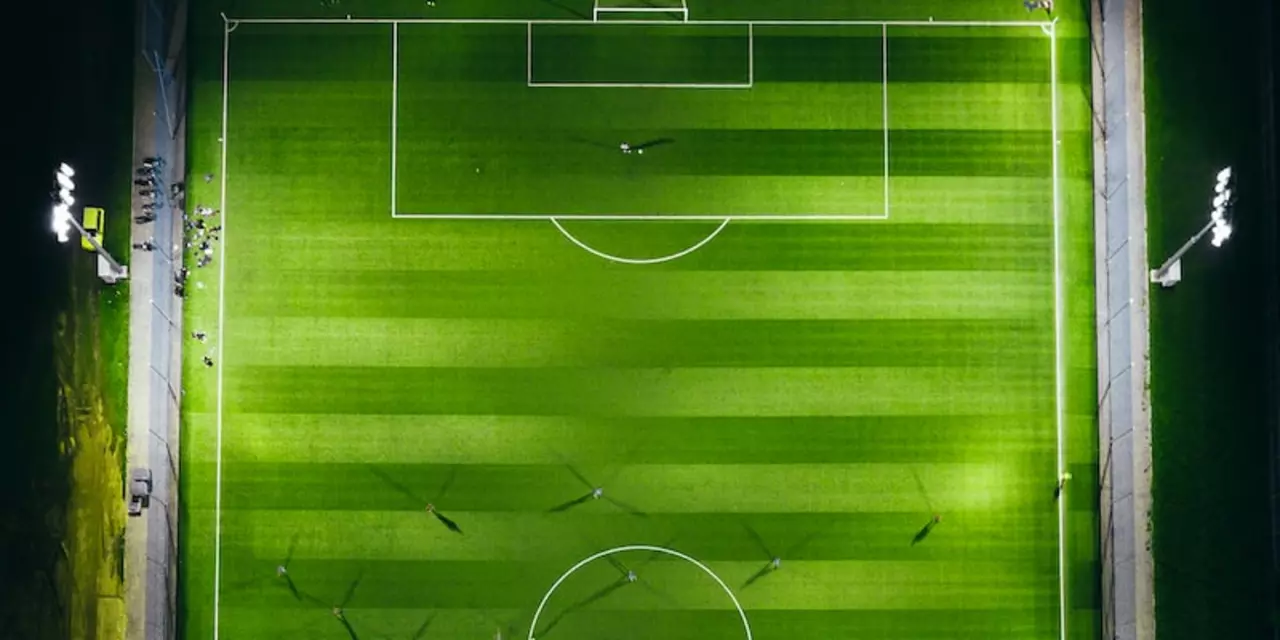
Exploring the Evolution of Soccer Tactics and Techniques from the 1960s to Today
Soccer has come a long way since the days of the 1960s, when the game was in its infancy and players were still developing their skills and strategies. Back then, the teams played a much more basic game with a much simpler set of tactics and techniques. However, with the evolution of the sport, soccer players in the modern era have become increasingly skilled and have developed sophisticated strategies and tactics that have allowed them to dominate the game.In the 1960s, the main focus of soccer was to score goals. Teams would often play a long-ball game, relying on long passes to get the ball forward and then hoping one of their strikers could finish it off. There was also a lot of focus on physicality, with teams using their size and strength to overpower their opponents.
However, over the years, the game has evolved, and tactics and techniques have become much more sophisticated. Teams now employ a wide range of tactics and techniques to break down opponents and create chances for themselves. Passes are often short and quick, and the use of triangles and overlapping runs are common. Teams are also focusing more on keeping possession of the ball and creating chances from midfield, rather than relying on long-ball tactics.
The changes in tactics and techniques that have occurred over the last few decades have allowed for some of the best soccer players in the world to emerge. Today, players are faster, stronger, and more skillful than ever before. They are able to read the game better and make decisions faster, allowing them to create and take advantage of opportunities on the field.
The evolution of soccer tactics and techniques from the 1960s to today has been nothing short of remarkable. It is no wonder why the game today is far superior to the one played back then. With the level of skill, technique, and strategy employed by teams today, it is clear that soccer players in the modern era are far better than their predecessors.
Examining the Changes in Soccer Training and Preparation Over the Last 60 Years
The game of soccer has changed drastically in the last 60 years. In the 1960s, training and preparation for teams was drastically different than it is today. Back then, players would typically practice just a few days a week, with the focus being on skill development and strategy. There was little emphasis on fitness and conditioning, and the players were not as physically fit as they are today.The biggest change in the last 60 years has been the introduction of scientific training methods. Teams now have access to sports science and performance analysis, enabling them to track and measure player performance and fitness levels. Players are now more aware of proper nutrition, hydration, and recovery methods. They have access to strength and conditioning coaches, and they have specific fitness routines that they follow.
The evolution of technology has also had a major impact on the game. Video analysis has allowed coaches to review and analyze individual and team performances. Software programs can be used to track and analyze player movements, and this has enabled coaches to develop specific training drills and tactics.
The changes in the last 60 years have enabled soccer players to become more athletic, faster, and stronger. The introduction of scientific training methods has enabled teams to prepare and train more efficiently. As a result, the quality of soccer players today is far higher than it was back in the 1960s.
Investigating the Impact of Technology on Soccer Performance Since the 1960s
The development of technology has had a major impact on how soccer is played and how successful teams and players can be. In the 1960s, the game of soccer was a much different game than it is today. The equipment used by players was not as advanced and sophisticated, the tactics used by coaches were less sophisticated, and the overall skill level of the players was not as high as it is today.In the 1960s, soccer balls were made of leather and were much heavier than modern soccer balls. This made it more difficult for players to control the ball, as they had to put in more effort to move the ball around on the field. As well, the boots used by players were made of leather and had a much heavier feel than the synthetic materials used today. This meant that players had to use more energy when shooting and passing, resulting in less accuracy and power.
Tactics used by coaches in the 1960s were also much more simplistic than those used today. Coaches did not have the same level of access to data and analysis that they do today, meaning that their tactical decisions were made more on intuition and guesswork than on evidence and information. As a result, teams were more likely to play a conservative, defensive style of soccer that focused on protecting their own goal rather than attacking the opposition.
Finally, the overall skill level of the players in the 1960s was not as high as it is today. Players had less access to professional coaching and advice, meaning that they had to rely more on their own natural ability and instinct. As a result, the overall ability of players was not as high, resulting in less skillful play overall.
Overall, it is clear that the development of technology has had a major impact on the game of soccer and the ability of players to perform at a high level. From the equipment used to the tactics employed by coaches, technology has allowed players in the modern era to reach a level of performance that was not possible in the 1960s.